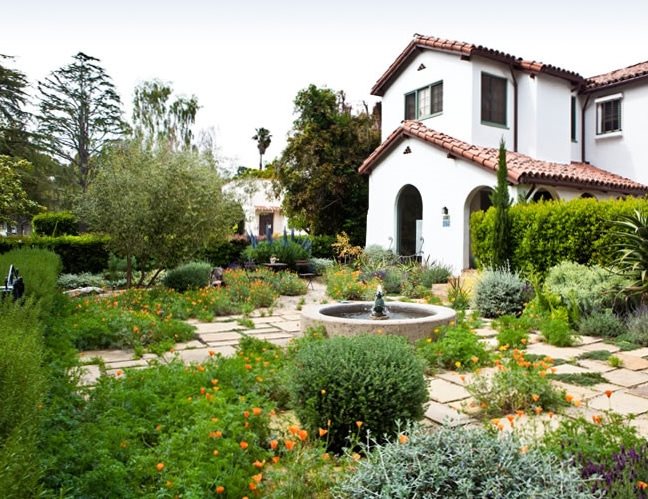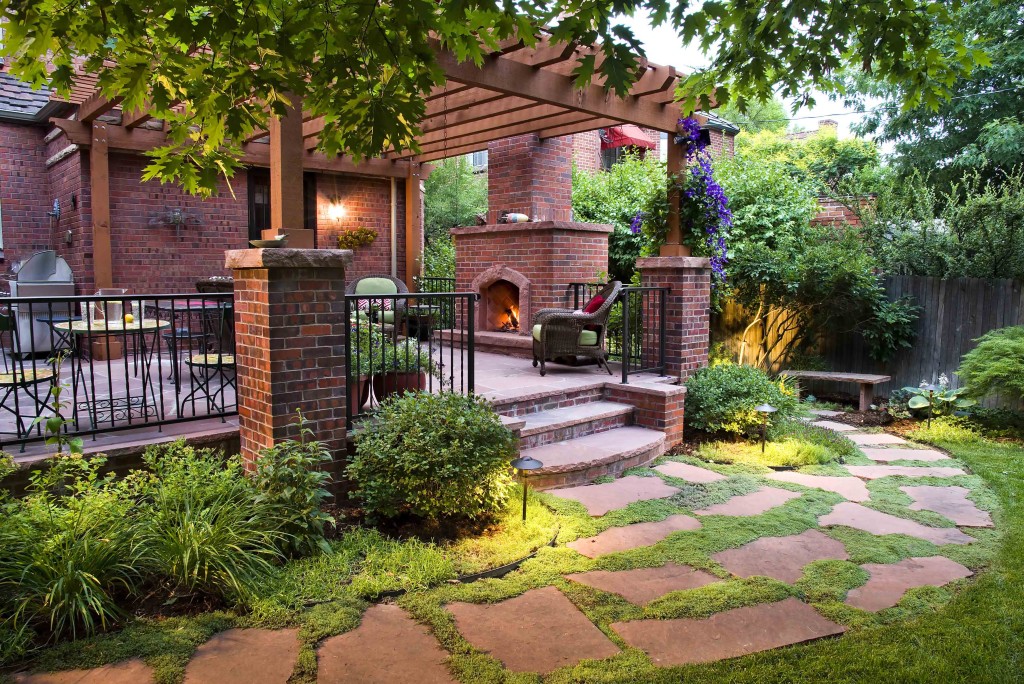The Ultimate Guide To Hilton Head Landscapes
The Ultimate Guide To Hilton Head Landscapes
Blog Article
8 Easy Facts About Hilton Head Landscapes Described
Table of ContentsThe Best Guide To Hilton Head LandscapesThe Best Guide To Hilton Head LandscapesThe 5-Second Trick For Hilton Head LandscapesThe smart Trick of Hilton Head Landscapes That Nobody is Talking AboutWhat Does Hilton Head Landscapes Mean?Our Hilton Head Landscapes IdeasNot known Facts About Hilton Head Landscapes
Line develops all kinds and patterns and can be used in a range of methods in the landscape. Line in the landscape is developed by the side between 2 materials, the overview or shape of a type, or a long straight feature. Lines are an effective tool for the designer because they can be made use of to develop a limitless range of shapes and forms, and they control movement of the eye and the body.

Lines can have several qualities, such as those described listed below, however they usually serve various purposes. Number 1. Lines in the landscape - hilton head landscapers. The properties of lines establish exactly how individuals respond to the landscape, both emotionally and literally. Straight lines are structural and powerful; they create an official character, are usually linked with a symmetrical layout, and lead the eye directly to a centerpiece.
The 9-Second Trick For Hilton Head Landscapes
Rounded lines develop a casual, all-natural, relaxed character that is connected a lot more with nature and unbalanced equilibrium. Curved lines move the eye at a slower pace and include mystery to the room by developing concealed views.
Vertical lines in the landscape include high, narrow plant material, such as trees, or tall frameworks, such as an arbor or a bird residence on a post. Straight lines relocate the eye along the ground airplane and can make an area feel larger. Reduced lines are extra controlled and develop a feeling of remainder or repose.
The 9-Minute Rule for Hilton Head Landscapes
Reduced lines are created by reduced yard walls, walkways, and brief hedges. Lines are made use of to draw forms on a plan. In strategy view, they specify plant beds and hardscape areas. Lines are additionally created by the upright forms of constructed functions and plant product. There are three key line types that develop type in the landscape: bedlines, hardscape lines, and plant lines.
Bedlines link plant product to your house and hardscape due to the fact that the eye adheres to the line, relocating the look via the landscape. Hardscape lines are produced by the side of the hardscape, which delineates the developed framework. Line can also be produced by lengthy and slim materials, such as a fencing or wall.
What Does Hilton Head Landscapes Do?
Type is discovered in both hardscape and plants, and it is normally the leading aesthetic component that spatially arranges the landscape and often determines the style of the garden. The form of frameworks, plant beds, and yard accessories also identifies the general form theme of the garden. Formal, geometric types consist of circles, squares, and polygons.
Plants produce kind in the yard through their lays out or silhouettes, but form can also be specified by a space or negative area in between plants - Landscapers near me (https://disqus.com/by/disqus_mvAiTQ3jyY/about/). Circles can be complete circles, or they can be separated right into fifty percent circles or circle sectors and incorporated with lines to create arcs and tangents
Hilton Head Landscapes Can Be Fun For Anyone
Circles are a strong layout form since the eye is always drawn to the facility, which can be used to emphasize a focal factor or connect various other his response forms. Circular types in hardscape and grass panels.
The square type can additionally be segmented and secondhand repeatedly to create a grid pattern. Unlike circles, squares are stronger on the sides, which can be aligned or overlapped to create special patterns and even more complicated kinds. Polygons are many-sided forms with straight edges. Triangulars, as an example, are three-sided polygons.
Meandering lines usually imitate the all-natural training course of rivers or streams and can be defined as smooth lines with deeply curved undulations. Meandering lines (Figure 3) work well for paths, plant bedlines, and completely dry stream beds. Meandering lines can include interest and mystery to a garden by leading audiences around corners to find brand-new sights and rooms.
The Basic Principles Of Hilton Head Landscapes

Number 5. Fragmented sides: tipping stones in pathway. Type is one of the most long-lasting top quality of a plant (landscape design hilton head). https://www.easel.ly/browserEasel/14491654. Usual plant kinds are well developed and standard, as type is the most regular and well-known feature of plants. Type can also be created via the massing of plants, where the general mass produces a different kind than a private plant.
An extremely different kind has to be made use of with careone or 2 work well as a prime focus, yet a lot of create mayhem. Natural plant types, rather than over-trimmed types, ought to develop the bulk of the make-up. The significance of overall type is more or much less depending on the checking out perspectivethe type of a tree can show up rather different to a person standing under the cover versus seeing the tree from a range in an open field.
The Best Strategy To Use For Hilton Head Landscapes
Plant types likewise create and specify the void or open rooms between the plants, creating either convex or concave kinds in the voids. High-arching tree branches generally develop a concave open space under the branches, and a round cover with reduced branches loads the space to produce a convex kind outdoors room under the tree.

Report this page